Introduction to the GE IS200VTURH2BAC The GE IS200VTURH2BAC is a highly sophisticated vibration transducer interface module designed for use in GE Speedtronic Gas Turbine Control Systems. As part of the Mark VI series, this module plays a crucial role in ensuring the safe and efficient operation of gas turbines, particularly in terms of vibration monitoring and turbine overspeed protection. Its advanced features and precise functionality make it a reliable solution for turbine control in industrial applications. Key Features and Specifications of the IS200VTURH2BAC The IS200VTURH2BAC boasts an impressive set of specifications that ensure its optimal performance in demanding environments. Key details include: Part Number: IS200VTURH2BAC Manufacturer: General Electric Series: Mark VI Product Type: Vibration Transducer Interface Module Board Rating: 125 V dc Common Mode Voltage Range: ±5 V Dimensions: 11.00 x 9.00 x 3.00 inches Operating Temperature Range: 0 to 60 °C Number of Analog Voltage Inputs: 6 These features ensure that the IS200VTURH2BAC provides both flexibility and durability in a range of industrial turbine control systems. Role of the IS200VTURH2BAC in Turbine Protection The primary function of the IS200VTURH2BAC is to facilitate turbine overspeed protection, which is critical to prevent potential damage to turbines in power generation systems. This module is used to interface with vibration transducers that monitor the condition of turbines and detect any abnormal vibrations that could indicate overspeed conditions or mechanical failure. In a turbine overspeed protection system, the IS200VTURH2BAC works in conjunction with various other components, including the TTUR terminal board and the VTUR I/O board, to deliver a comprehensive safety mechanism. When the controller identifies a trip condition based on the vibration and speed signals it receives, it can automatically trigger a shutdown procedure to protect the turbine from damage. How the IS200VTURH2BAC Ensures Safe Turbine Operation The GE IS200VTURH2BAC interfaces directly with turbine controllers to provide real-time data monitoring and control. In the event of an overspeed situation, the controller uses a three-level protection system: control, primary, and emergency. These levels of protection ensure that the turbine is adequately safeguarded under all operating conditions. Control Protection: Managed by closed-loop speed control through the fuel/steam valves. Primary Overspeed Protection: Automatically managed by the controller through real-time speed feedback. Emergency Protection: Triggered by a trip signal sent from the controller to the TRPG terminal board, which effectively removes power from critical solenoids, halting turbine operation. This tiered approach provides robust protection, ensuring that turbines operate within safe parameters at all times. Installation and Maintenance Considerations Installing and maintaining the GE IS200VTURH2BAC module requires specialized...
Read More
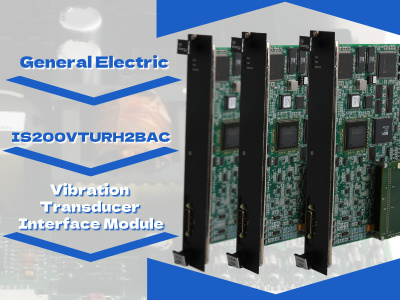

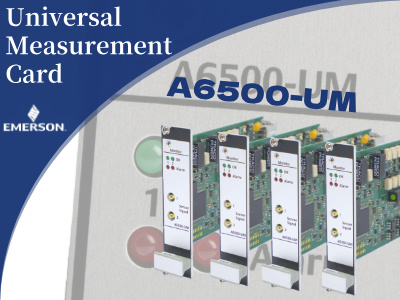


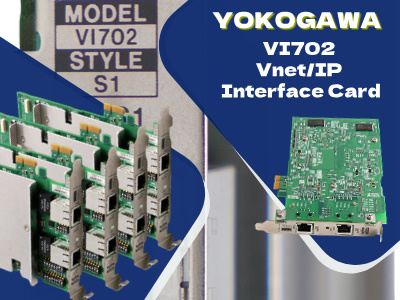
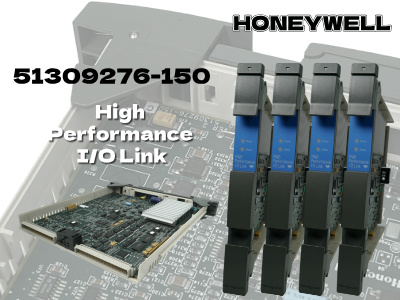
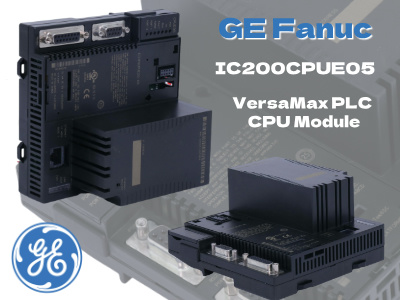
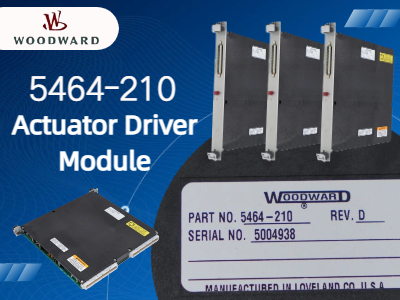

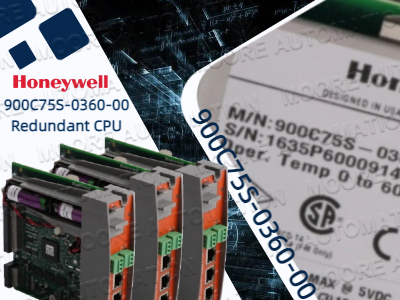
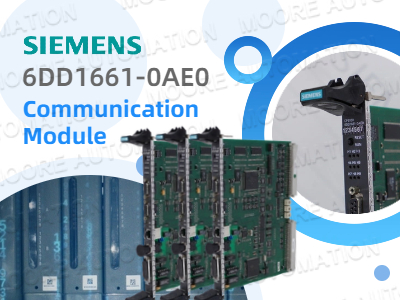












 IPv6 network supported
IPv6 network supported